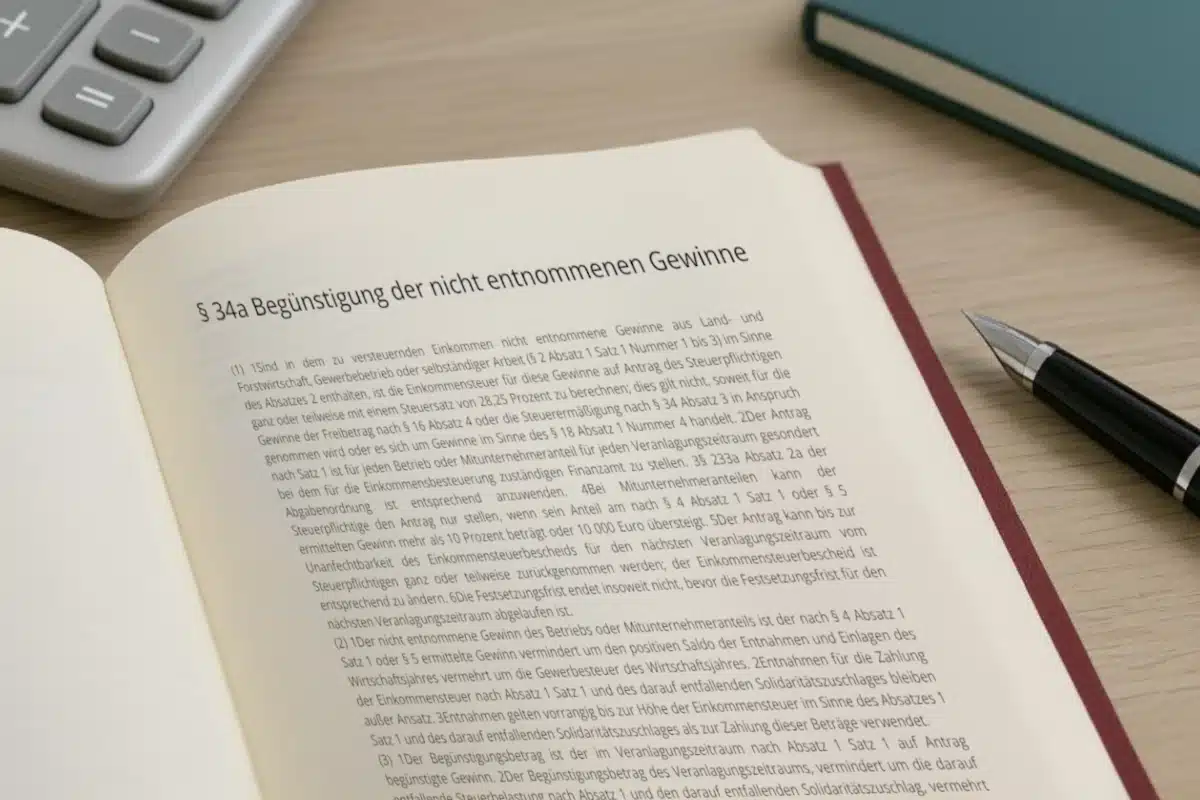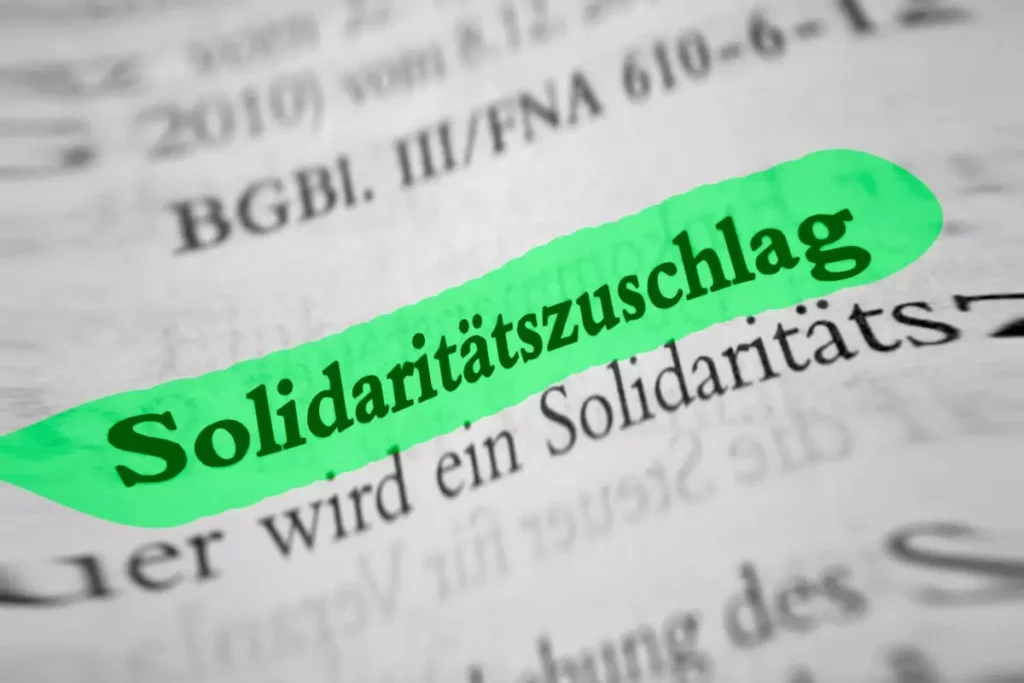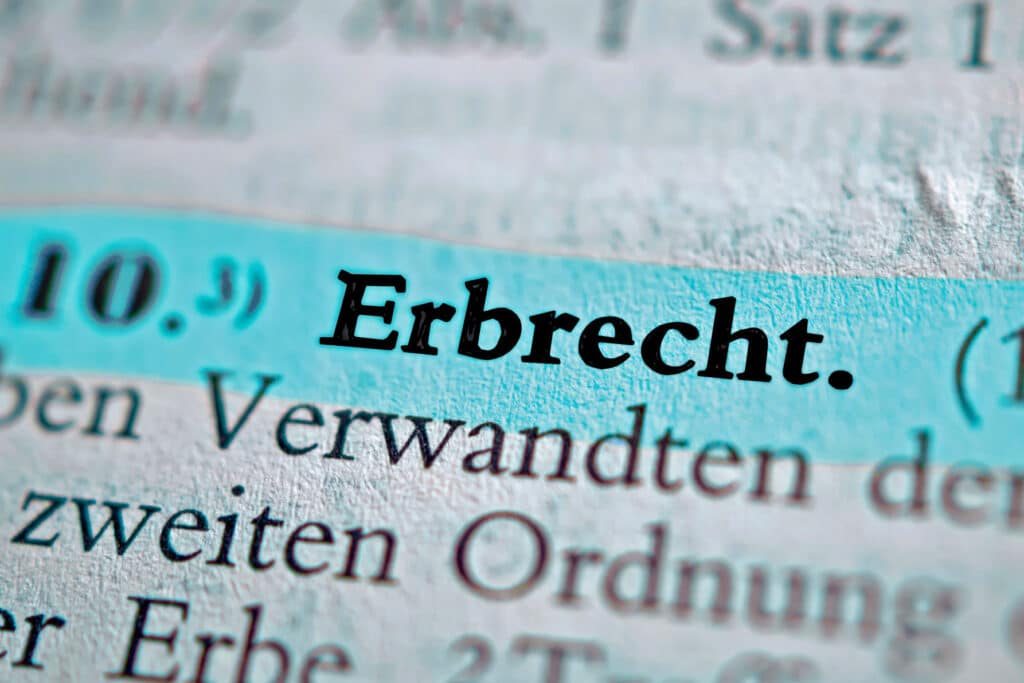With the Growth Opportunities Act, Section 34a EStG was reformed. The tax authorities have recently positioned themselves and, with BMF letter dated 13 March 2025 has published a (new) application letter. Stephan Scheffold and Tobias Stiegler criticise in a DStR article (DStR 26/2025, p. 1433) the administrative interpretation of the determination of the profit eligible for preferential treatment and then discuss possible advantageous applications of the preferential treatment of retained earnings.
Overview of the regulation
Profits from partnerships (sole proprietorships and partnerships) are directly subject to income tax of up to 45% through allocation to the individual. plus solidarity surchargei.e. up to around 47.5% (transparency principle). With the introduction of the tax relief on retained earnings over 15 years ago, the legislator wanted to bring the tax burden for retaining partnerships closer to that of retaining corporations, among other things. Since then, taxpayers have been able to apply for a reduced tax rate on profits not withdrawn 28.25% ("Special tariff") instead of the progressive income tax rate. The application of the taxation of retained earnings leads to the determination of a so-called amount subject to subsequent taxation, which is subject to further subsequent taxation at 25% in the event of excess withdrawals in subsequent years, for example.
Criticism and (formerly) limited scope of application of the provision
In the previous version, only taxpayers utilised this complex provision, although successful (family-run) partnerships often do not withdraw their profits for the internal financing and development of their business activities. The main points of criticism levelled at the preferential treatment of retained earnings were that non-deductible operating expenses were excluded, in particular the special rate could not be applied to the part of the profit subject to trade tax and, in addition, the tax burden increased due to necessary tax withdrawals. The total tax burden of a sole trader with full retention of profits was ultimately effectively higher than assumed by the legislator, namely not 29.83%, but up to 36.16 %. These and other disadvantages were worked out by the Family Business Foundation and confirmed that the disadvantages of the regulation are ultimately so serious that even for companies for which this regulation was created, it is not very attractive.
The reform of the retention favouritism
In the new version of Section 34a EStG as amended by the Growth Opportunities Act, a major point of criticism was eliminated and the profit eligible for preferential treatment, to which the special rate can be applied, was extended to include the trade tax paid and the amounts withdrawn to pay income tax. For the first time from Assessment period 2024 the taxpayer can no longer allocate the trade tax expense to the individual - often high - income tax rate when determining the profit eligible for preferential treatment, but to the preferential special rate. The same applies to the pro rata income tax and the solidarity surcharge payable on it.
As a result, taxpayers will have a higher retention volume available for the application of Section 34a EStG from the 2024 assessment period. If withdrawals are only made up to the amount of the retention tax incl. solidarity surcharge and there are no other off-balance sheet additions, the entire (tax balance sheet) profit is generally available for the special rate of 28.25% plus solidarity surcharge in the new version of Section 34a EStG. As a result, the overall tax burden of retaining partnerships will improve significantly and the tax rate differences between retaining partnerships and retaining corporations can be reduced (improvement against the background of legal form neutrality).
Practical aspects that Scheffold/Stiegler address in a technical article
In a specialist article, Scheffold/Stiegler and others highlight the following key aspects that every successful entrepreneur should consider in their tax returns from the 2024 tax year:
- Contrary to the wording and explanatory memorandum of the legislator, according to which withdrawals for the payment of pro rata income tax are to be disregarded when determining the positive withdrawal balance, the tax authorities initially take all withdrawals into account in their above application letter. Only in a second calculation step are the withdrawals deducted for the payment of the retention tax. As a result, the tax authorities calculate the profit not withdrawn without interpolation. This method of calculation is questionable and is criticised accordingly in the article.
- Furthermore, Scheffold/Stiegler show that the tax burden of partnerships can be even more favourable than that of corporations when viewed as a whole. This is because the trade tax credit for income tax results in an increase in liquidity at a private level, as the taxpayer can withdraw the proportionate income tax in full at a favourable rate, but at the same time only actually pay part of this income tax to the tax office due to the trade tax credit. The actual increase in liquidity gained in this way at a private level does not trigger any immediate subsequent taxation. They therefore show that in order to ensure appropriate comparability between partnerships and corporations, a net dividend distribution in the amount of this increase in liquidity at a private level (i.e. in the amount of the trade tax credit) must be taken into account when determining the tax burden for the corporation.
In their article, the authors discuss further aspects of determining the amount subject to post-taxation and the order of utilisation for post-taxation. It is regrettable that one of the Draft bill of the BMFThe tax-free withdrawal amount provided for in the German tax law, which was still led by the FDP at the time, was not introduced. As a result, the withdrawal of tax-free profits from previous years or the withdrawal of retained profits taxed at the standard rate (so-called old reserves) continues to lead to subsequent taxation. The planned measure would have simplified equity formation and strengthened the company economically, as the improved order of utilisation (tax-free profits and old reserves before profits subject to subsequent taxation) would have led to subsequent taxation much later.
Conclusion for personal entrepreneurs
Even after the reform, the taxation of retained earnings under Section 34a EStG remains a complex and advice-intensive provision. Nevertheless, it should be applied more widely within transparently taxed companies, as profitable partnerships in particular that reinvest their profits should consider applying it in the future. By monitoring and, if necessary, utilising withdrawals for tax purposes, taxpayers can benefit from a tax deferral effect, even though the known post-taxation disadvantages and associated restructuring obstacles remain.
Yours TAXGATE Team stands for proactive consulting for medium-sized companies in the implementation and ongoing support of tax-efficient structuring considerations.







